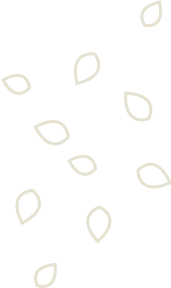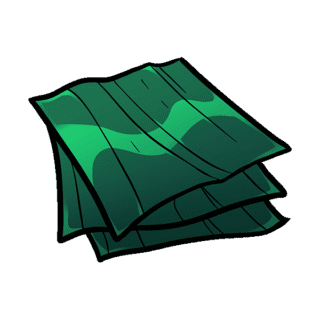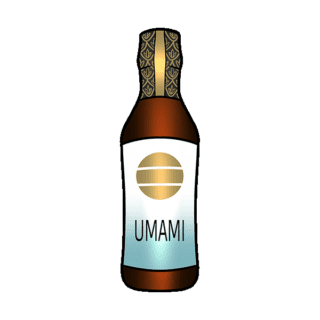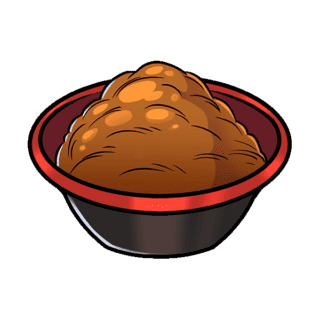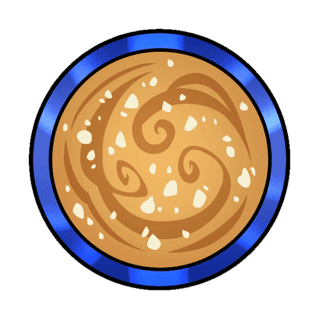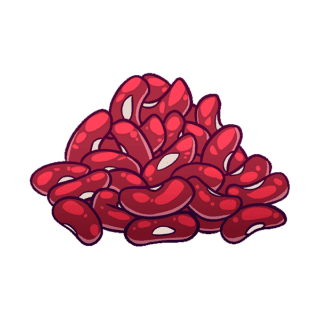Konbu
While there are many edible seaweeds in Japanese cooking, konbu is the most substantial and robust. It’s a type of kelp and has been a part of Japan’s culinary tradition for well over a thousand years.
Although konbu can be eaten by itself, it’s used even more often as a central umami-rich component in one of Japan’s most ubiquitous ingredients: dashi. Dashi is a type of stock that’s the base of not just tons of Japanese soups but loads of other dishes as well such as okonomiyaki. While there are a few varieties of dashi with complementary ingredients like certain mushrooms or anchovies, the backbone is pretty much always konbu and katsuobushi — dried bonito or skipjack tuna.
Along with its famous usage in dashi, there are also other foods that are flavored with konbu, such as certain types of sushi. And of course, it can also be eaten itself either fresh, dried, or pickled. There’s also konbu tea!
Like all edible seaweeds, konbu is very rich in certain nutrients that are sometimes harder to find elsewhere. This includes fiber and iodine — in fact, before the introduction of iodized salt, cultures that ate seaweed were noticeably better off when it came to goiter caused by iodine deficiency.
Along with many other types of seaweeds, you’ll find dried kelp at Uwajimaya stores in our grocery aisle.
